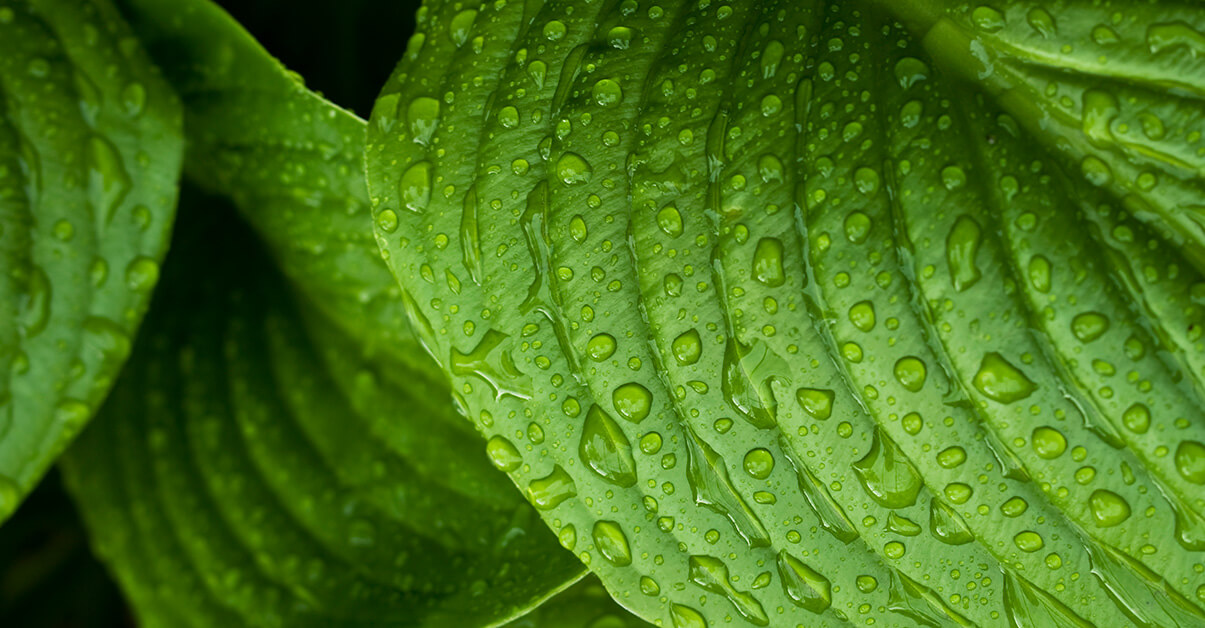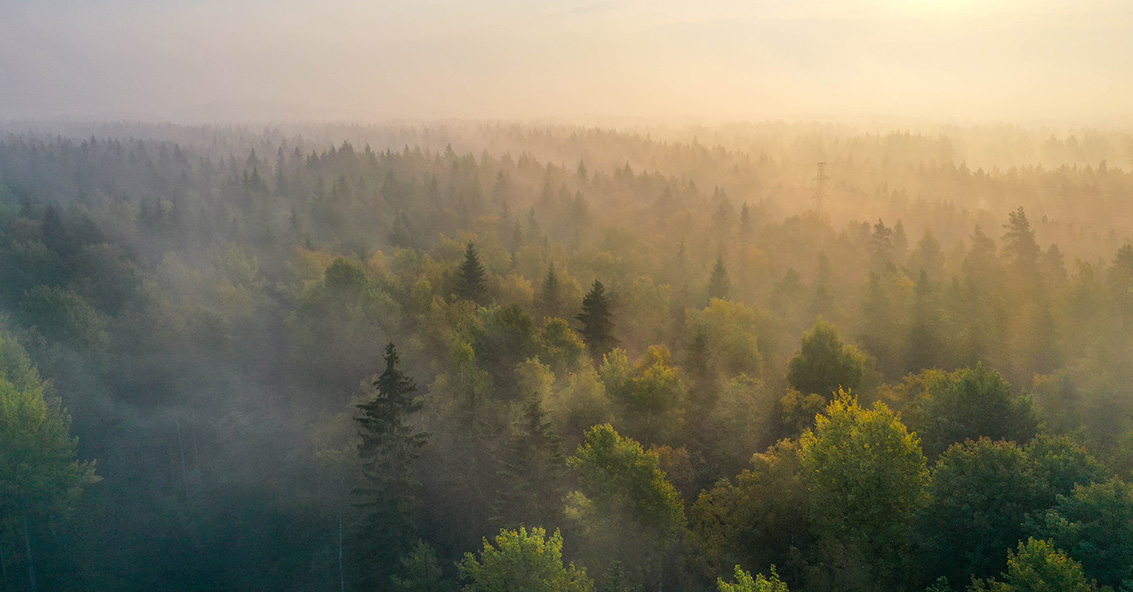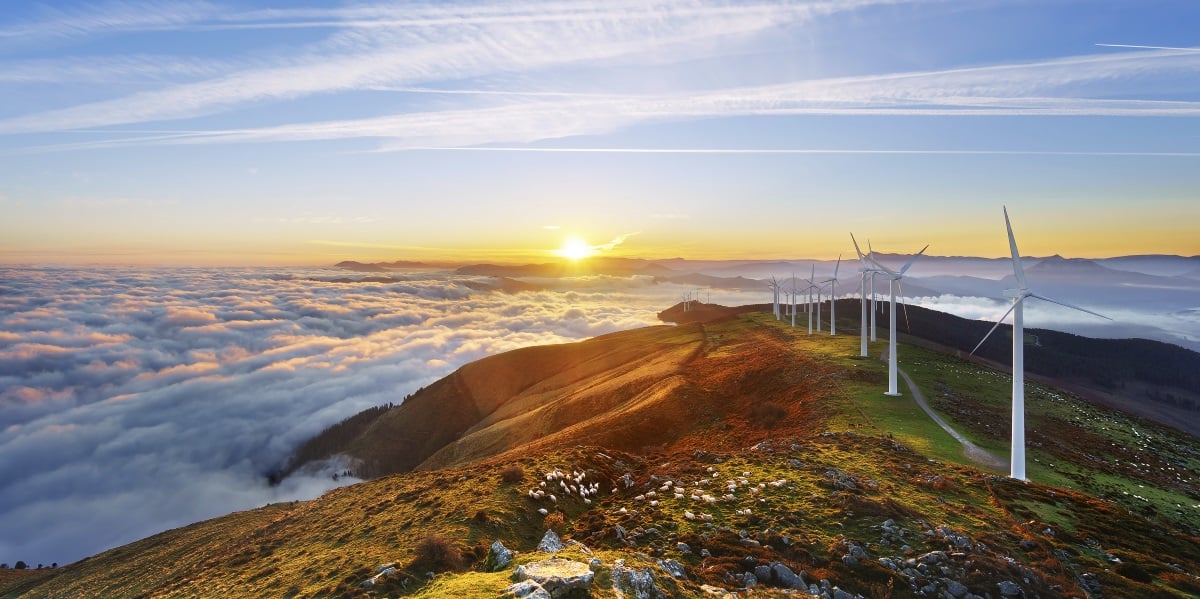Carbon Credits
Compensate for residual and unavoidable GHG emissions with high-quality carbon solutions.
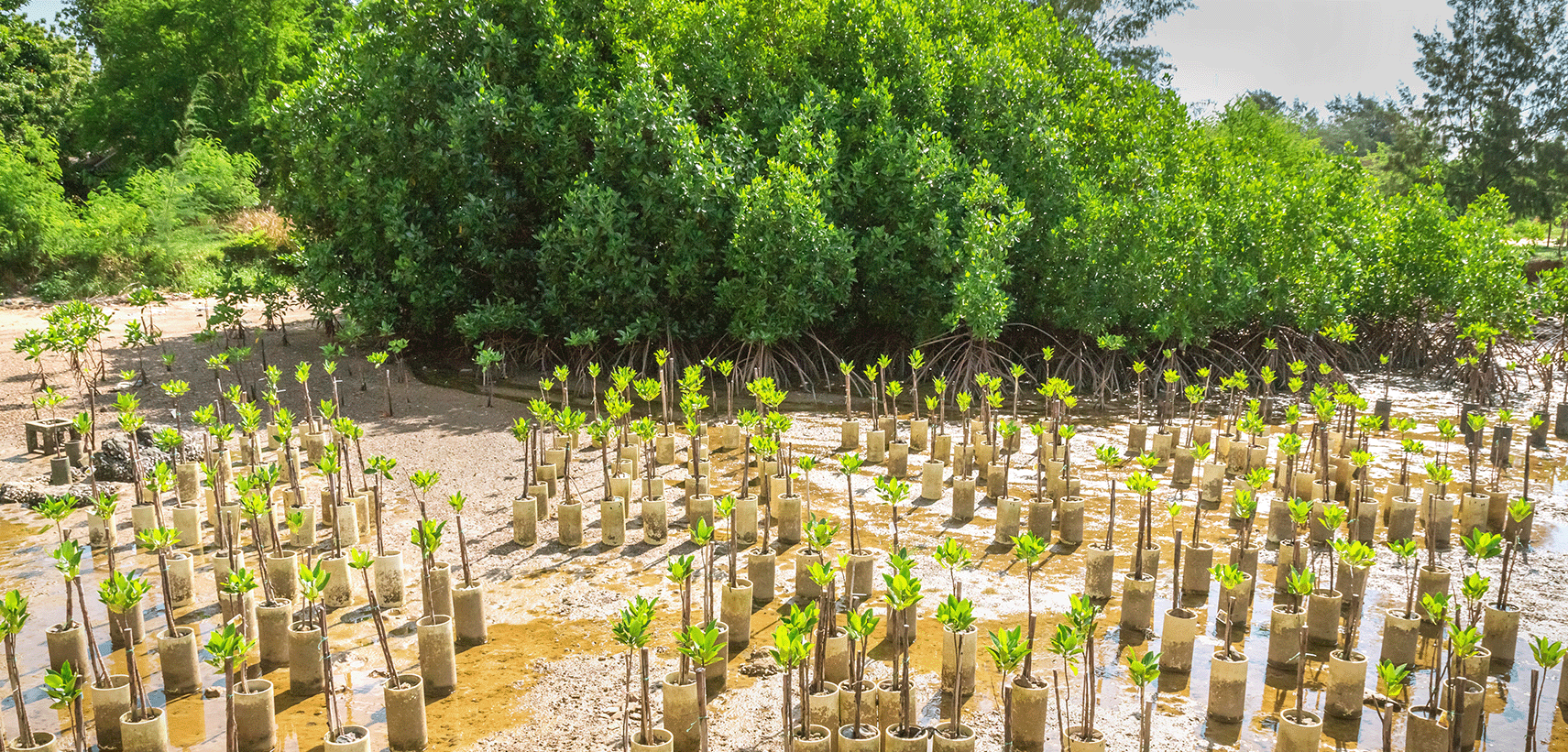
What is a carbon credit?
Carbon credits, also known as carbon offsets or Verified Emissions Reductions (VERs), are tradable instruments certifying that one ton of carbon dioxide equivalent (CO2e) has been avoided or removed from the atmosphere. One ton, one credit.
Carbon credits are issued by trusted certifying institutions following scientifically sound methodologies. Then, they are bought by organisations wishing to compensate for the emissions they cannot prevent otherwise. These may come from a company’s Scope 1, such as transportation, and its Scope 3, which includes the entire supply chain. Carbon credits offer a reliable way to offset, document and report voluntary compensation for residual greenhouse gas emissions.
How carbon credits work
There are several types of carbon offsetting projects, all of which either avoid greenhouse gas emissions or remove them directly from the atmosphere. For each ton of CO2e that is averted or sequestered, one carbon credit is issued.
Emission removal projects pull existing greenhouse gases directly out of the atmosphere and can be valuable aids in your net zero strategy. These can further be classified into two kinds: nature-based solutions, such as planting trees, or technology-based solutions, like direct air capture.
| Forestry and lands use | Afforestation, reforestation and forest management projects – including REDD+ – absorb carbon and contribute to conserving biodiversity, preserving water catchments and avoiding topsoil erosion, as well as empower locals by building community forest management. |
| Ecosystem restoration | Regenerating coastal habitats, such as mangrove forests and seagrass meadows, can sequester emissions and protect a myriad of creatures, further improving the well-being and resilience of people living in the area. |
| Direct Air Capture (DAC) | Emission removal technologies can either capture carbon and geologically store it underground (Carbon Capture and Storage), or use it as a raw material in a circular economy model (Carbon Capture and Utilisation). Technical advancements are driven by industry-led innovation and contribute to healthier, cleaner urban environments. |
| Renewable energy infrastructure | These projects aim to install new renewable capacity and upgrade existing power plants in developing nations or remote areas, thus improving local well-being and expanding the prevalence of clean power. |
| Energy efficiency and fuel switching | Community-based projects avoid GHG at the source by making simple technology changes. Switching from woodfired to clean cookstoves, for example, can help curb deforestation for fuel, prevent emissions and alleviate health risks. |
| Waste disposal | Enhancing waste-to-energy practices can avert the release of potent GHG, such as methane. New technologies are also used to avoid pollution or to produce biogas from organic matter, which also adds an element of circularity to the economy. |
| Other | Avoidance efforts can range from livestock and manure management to transport electrification and methane capture in mines. Regardless of the sector, they all aim to save GHG emissions by switching, modernising, and improving technology and industrial processes, thus making responsible production choices and bolstering companies’ climate commitments. |
A project must undergo a long and detailed process before being certified according to the methodology of a particular standard. A closed registry system then holds the credits throughout their lifecycle, from issuing to retirement, ensuring quality and avoiding double counting.
Purchasing carbon credits
Buying carbon credits is a voluntary action that enables organisations to offset otherwise unavoidable emissions. When and what to buy depends on several factors:
| Net zero targets | Once your company has taken every step to reduce its emissions, it can compensate those that remain unabated by purchasing high-quality offsets. Carbon credits are only compatible with net zero targets when used as the last step on your decarbonisation journey. |
| Price | The price of the credit typically reflects the project's features, such as location, type of action, additional impact, year of issuance and other variables. |
| Volume | Some projects produce more credits than others. The volume of emissions you wish to offset can influence what project is best suited for your organisation. |
| Location | There are inspiring carbon offsetting projects all over the world. What to purchase might depend on where your company is located or the impact you wish to have at a local level. |
| Standard | Carbon credits must be rigorously vetted to ensure quality and avoid double counting. Ecohz provides VERs approved by international quality standards as Verra and Gold Standard. |
| Co-benefits | Carbon offsetting projects can bring many additional benefits to nature and local communities, enabling your company to contribute toward Sustainable Development Goals and strengthening your ESG profile. |
Capture carbon, release impact
Carbon credits are more than just certificates. Each project has wider benefits according to its type of action – avoidance or removal – and the region of the world where it is implemented.
High-quality carbon credit projects share two characteristics:
-
They are additional, meaning that they would not have occurred without the carbon market.
-
They contribute to reaching the UN’s Sustainable Development Goals (SDGs) through broader social, economic, and ecological gains.
For example, forestry projects have multiple advantages. They protect fragile and threatened ecosystems, maintaining carbon sinks and preserving highly biodiverse habitats. Meanwhile they provide income for local populations, enabling them to better manage their resources and pursue other community development initiatives.
The social, environmental, and economic spheres of development are tightly intertwined. When used according to best-practice guidelines, carbon credits can complement net zero strategies and multiply the impact of corporate climate action.
Carbon offsetting projects
Ecohz provides access to a portfolio of Carbon Offsetting projects from different countries and standards. You can choose cost-effective existing projects or high impact projects where you develop a new project in a new location. Choose between certificates from projects that help finance renewable energy, recycling of waste, improve education, protecting forestry and wildlife. See project examples below.
Rimba Raya Biodiversity Reserve REDD+ in Indonesia

Project overview
Region: Asia
Project type: Forestry and landscapes
Standards: CCB, VCS
Based on the island of Borneo in Indonesia, this REDD+ project preserves carbon-dense tropical peat swamp by helping to halt deforestation of roughly 65,000 hectares of forest which was originally slated for conversion to palm oil plantations. The project focuses on both community development – encompassing 2,500 households living within the project area – and biodiversity conservation, particularly the protection of the 105,000 endangered Borneo Orangutans. In order to deliver on its goals, the project actively engages local communities to improve food security, income opportunities, health care, and education – all with the support of carbon finance.
Water filtration and improved cookstoves in Guatemala

Project overview
Region: Latin America
Project type: Household devices, Water
Standards: Gold Standard
Water-borne disease has been identified as a national priority in Guatemala given the high incidence of diarrhoeal disease and chronic malnutrition. This project distributes water filters and stoves that enable access to clean water and improve cooking conditions by increasing fuel efficiency and reducing harmful indoor air pollution. It is the first Gold Standard water treatment or cookstove project in the country. The project is currently in Alta Verapaz, Huehuetenango and San Marcos departments and has so far benefitted over 500,000 people.
Acre Amazonian Rainforest REDD+ Portfolio in Brazil

Project overview
Region: Latin America
Project type: Agricultural, Forestry and landscapes
Standards: CCB, VCS
90% of Brazil’s Acre state is forested, but current rates of destruction mean by 2030 this could decline to 65%. This collection of three projects aims to prevent deforestation across 105,000 hectares of pristine rainforest in the Amazon basin, protecting some of the world’s most biodiverse habitats. With the support of carbon finance, the projects work with communities and local groups to help protect ecosystem services while providing alternative models of economic development which avoid destruction of the forest.
Improved Water Infrastructure in Sub-Saharan Africa

Project overview
Region: Africa
Project type: Water
Standards: Gold Standard
Nearly a billion people worldwide do not have access to safe drinking water. This Gold Standard project, based primarily in Uganda, Malawi, Rwanda and Eritrea provides clean drinking water to small rural communities by repairing and drilling new boreholes. Boreholes can be used as water wells by installing a vertical pipe casing and well screen, which allows water to be extracted from the ground. By providing clean water, communities no longer need to purify water through boiling. This alleviates pressure on local forests – the predominant source of firewood – and reduces greenhouse gas (GHG) emissions.
Sichuan Household Biodigester in China

Project overview
Region: Asia
Project type: Household devices, Resource recovery
Standards: CDM, Gold Standard
This Gold Standard CDM project distributes small-scale biogas plants to low-income rural households with livestock across the Sichuan Province of China. To support rural development and environmental protection, the biogas plants digest manure and recover the methane by-product through the process of anaerobic digestion. This offers clean and affordable energy to homes and fertiliser for agriculture. In addition to reducing greenhouse gas (GHG) emissions, the project improves indoor air quality and sanitation for rural communities. Carbon finance is used to provide financial support, totalling roughly 40% of the cost of the 395,000 biodigesters already distributed.
Why Ecohz
Ecohz provides access to a broad portfolio of carbon credits sourced from different countries and standards. You can choose cost-effective or high impact projects to complement your decarbonisation efforts.
With more than 20 years of experience in the renewable energy market, we source the carbon credits that best fit your priorities, budget and needs. Ecohz provides customised guidance from start to finish in crafting effective and economically viable sustainability actions.
KBN Bank contributes to the sustainable development of Norwegian society
KBN bank is concerned about its own carbon footprint and has set a target to cut its own greenhouse gas emissions by at least 50% by 2030.
Would you like a price offer on Carbon Credits? Let's have a chat.
Get in touch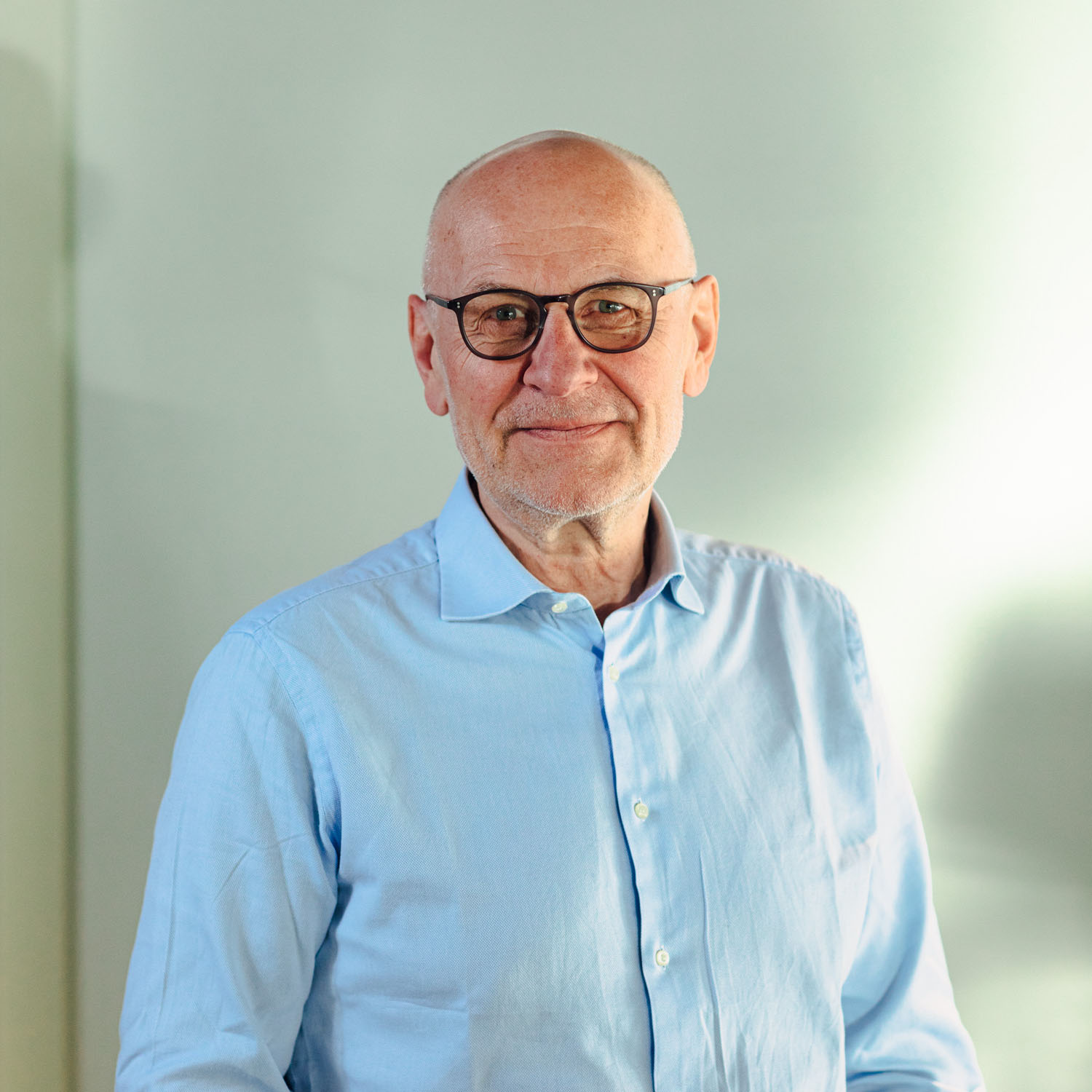
Preben Munch
Senior Director Sales & Solutions
Get our latest news and insights to your inbox
Subscribe to our monthly newsletter to get first-hand market analysis and intelligence on sustainable solutions for your company.
